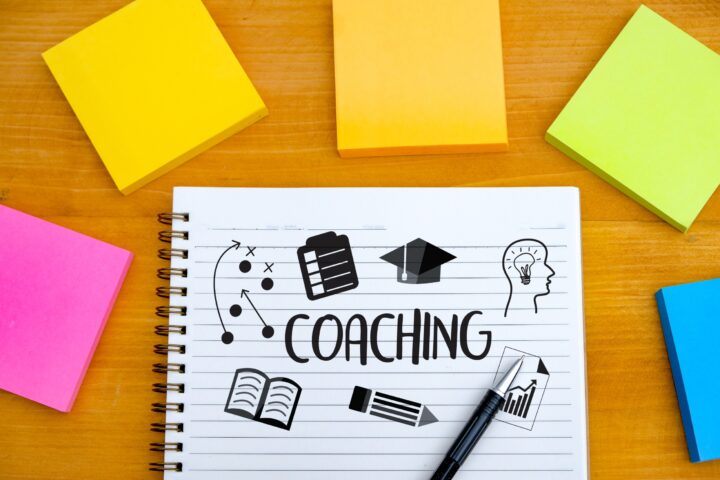
One of my favorite engagements is working with clients on their annual planning efforts. In general, my support comes into two forms:
- Work closely with senior executives to create their annual marketing strategy.
- Lead and facilitate a marketing group’s annual planning day.
I love working with clients to identify their challenges and facilitating efforts to prioritize initiatives and craft a plan.
To customize my efforts to meet each client’s needs, I start by understanding the overall objectives of the get-together. Ultimately, the objectives drive the theme development, the agenda, icebreaker activities, brainstorming sessions, and even social gatherings before and after the session.
Having done this many time in the past, I can usually create a draft of objectives and planning meeting agenda quickly after an initial call.
The follow-up e-mail to the clients usually includes the following elements:
- Current challenges
- Planning day objectives
- Outlining day details and logistics
- Proposed agenda based on the initial conversation. (Note: the agenda will morph and change several times. But it’s important to share the draft with a client to get the conversation going.)
- The preparation, collaboration and communication processes
Current challenges
I make sure that I can identify the key challenges during the initial call. As we talk, clients share why they want to do on a planning day, what they aim to achieve, and what problems they want to address.
Here are some typical challenges shared by clients:
- Team members are inexperienced in digital marketing
- Marketing campaigns and content creation are spotty and without coordination
- Lack of analytics and follow-up with marketing
- An absence of buyers’ personas or customer journey mapping
- Lack of alignment between sales and marketing
These challenges can’t be resolved by a one or two-day get together. However, a planning session is a good starting point to rally the team.
Hopefully, it will kick off team collaboration and help the team thinking holistically and strategically before the new fiscal year starts.
Planning day objectives
Depending on the challenges, you need to craft planning day objectives.
Below are examples of planning day objectives:
- Communicate next year priorities to ensure everyone is on the same page
- Educate the team to think holistically to break down silos and avoid one-off campaigns
- Understand the customer journey and the content editorial planning process to deliver a better customer experience
Planning day details and logistics
Logistic planning takes time and effort. It’s like planning a party; it requires attention to details to ensure everything goes smoothly and everyone has a good time.
To ensure a good time for everyone, I need to make sure that I understand the politics and dynamics of team interactions as a facilitator. Some teams may not get along; some teams may have duplicate roles and responsibilities, some may be resistant to change, etc. Consequently, the more I understand the dynamics, the better I can lead and facilitate the sessions.
Another factor is the location. Is the planning day on-site or off-site? The area will impact social activities before and after the planning day. I stay on top of logistics and make necessary adjustments as I gather more information along the way.
Proposed agenda
With the established meeting objectives, I can work with clients to create the first draft of the planning day agenda. Occasionally, clients have their own WIP (work-in-process) draft or final agenda. If that’s the case, I will review the agenda and make sure that it aligns with the planning day objectives. My experience on agenda building is that they continue to change and morph until last minute. Senior management tends to do last-minute add-ons or deletions. I need to roll with it.
It’s good to start with an icebreaker activity if it’s a small group. For larger groups, it’s harder to do intimate icebreaker activities, but it’s nice to have the senior leaders share the upcoming year’s strategy and significant initiatives or have them rally or inspire the teams as part of the kick-off. I draft a detailed agenda based on the objectives and challenges.
Depending on the budget, it’s nice to have fun team building activities such as a geocache treasure hunt or wine tasting. This is usually budget-driven. Therefore, I work with clients to sort that out as well.
Preparation and collaboration
I’ll provide a list of documents that I’ll need to review depending on the agenda and outcome of the planning day. Sometimes, I need to create templates or specific case studies. Occasionally, I even work with management on their presentations. In general, my role is to make sure that presenters and I are fully prepared to make the day productive.
No matter how much I prepare, things will always go wrong. The most common problems are due to a last-minute agenda or presenter changes. That’s why I work with the client real-time to find alternatives and keep the show going.
My work is not done after the event. I send minutes and do several follow-ups after the meeting.
Although it’s physically and mentally exhausting to lead and facilitate a planning session, it’s incredibly rewarding when I see what my clients and I accomplished together. My job is to make you succeed. If you need help on your planning day, reach out any time.



